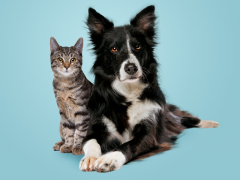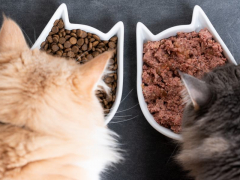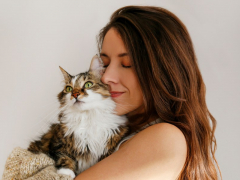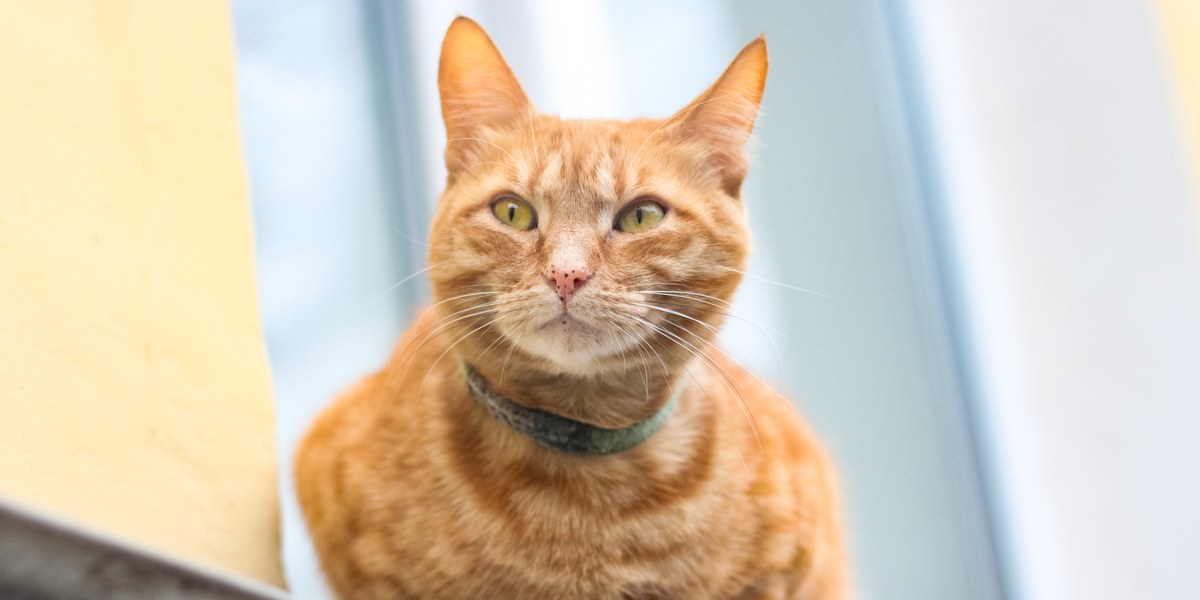
Have you ever noticed cute little dark spots on your cat’s nose? If they appear like nose freckles, they could be just that! Unknown to many cat owners, cats can get freckles just like we do. In this article, I’ll explain how to recognize them, what they are and when to be concerned about any spots.
What Do Freckles Look Like?

Freckles appear as dark black or brown spots on your cat’s lips, nose, chin or in their mouth. They’re usually dark brown or black in pigment and they should be flat (same level as the skin). They shouldn’t be raised or sore to your cat. In fact, your cat shouldn’t even notice that they’re there!
They’re similar to human freckles, except that there’s been no proven link between sun exposure and increased freckles with cat freckles. This would make sense, as some freckles occur in cat’s mouths where there is no sun exposure.
Can Any Cat Develop Freckles?

Freckles are more common in middle aged to older cats but can occur in cats of all ages. They can develop more freckles as they age and they’re more common in cats with red pigment (or the ‘red’ gene); ginger or orange cats, calico cats and tortoiseshell cats.
Even flame point cats that have a little bit of the ‘red’ gene. However, they can occur in any cat colour!
What Are Freckles?

Freckles (or lentigo) are benign spots and aren’t anything to worry about as they don’t develop into cancer and don’t pose any health concern to your cat.
What exactly are freckles? Freckles, also called lentigo (lentigines plural) or lentigo simplex, are dark brown or black spots that occur from an increased number of epidermal melanocytes in the skin. This is a genetic condition.
Melanocytes produce melanin, which causes the dark pigment in the skin’s epidermis. It has a protective function against UV radiation in the skin.
Should I Be Worried If My Cat Has Freckles?
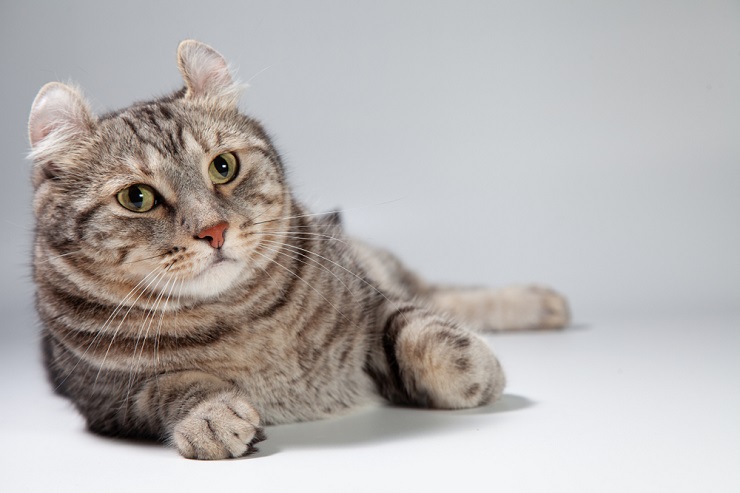
Freckles (or lentigo) are benign spots and aren’t anything to worry about. They don’t develop into cancer and don’t pose any health concern to your cat. Freckles are purely a cosmetic condition (with the added benefit of being very cute!). The spots should be flat with well defined edges (not spreading into the surrounding skin), and shouldn’t appear sore or irritated.
Cats can get many types of spots and we shouldn’t confuse anything harmful for freckles/lentigo which is a benign condition.
Is It Really A Freckle? What Else Could It Be?
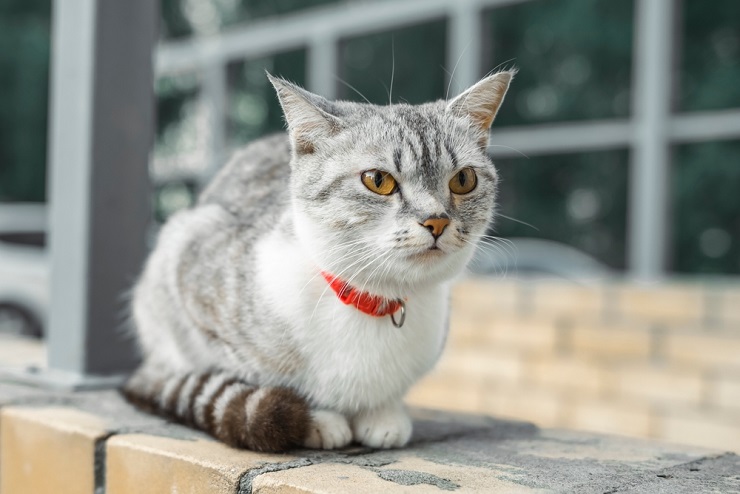
Signs that the spots may be more serious than a case of simple freckles include but aren’t limited to;
- Raised spots
- Spots that aren’t brown or black in colour e.g. red
- Spots that appear open or sore on the surface
- Spots that seem infected (inflammation, discharge, painful)
- Spots that cause irritation to the cat
- Spots that appear on skin areas with fur
- Spots that appear in the eye
- Spots that aren’t well defined (blurry edges)
If the spots have any of the above characteristics, I’d reckon it probably isn’t a freckle. It could be linked to skin allergies (atopy) and the associated skin lesions/infection that can occur with this. Unfortunately it could also be something malignant (cancerous).
A common differential I worry about for black spots on the skin would be a melanoma, which is a tumour of the melanocytes (pigment producing cells). It’s very malignant and can spread to other organs. It’s more likely to affect the skin, eyes or mouth in cats.
Thankfully melanomas are rare, I don’t see many of them at work. Other symptoms that can be associated with a melanoma would be;
- Black spots that are raised
- Rapid growth of spots
- Blurry edges to the spots (not well defined)
- Weight loss
- Appetite changes
- Enlarged lymph nodes
How Do I Know For Sure If It’s A Freckle?
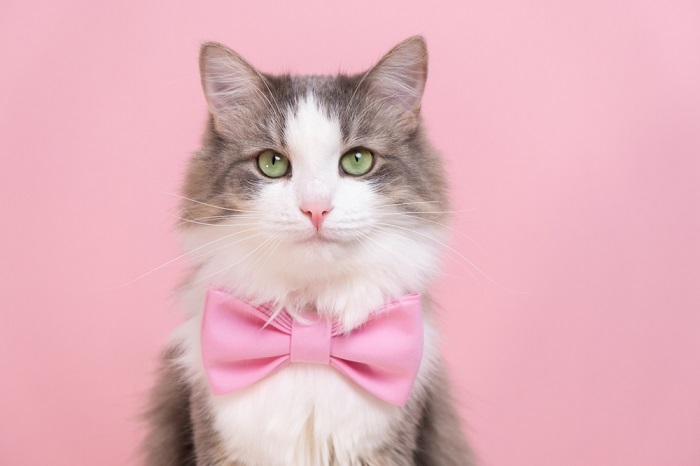
The above are indications that the spot might be something more sinister than just a freckle. However, the only way of knowing for sure is by taking a biopsy of the spot and sending it to a laboratory for examination by a pathologist. They’ll look at the cells of the spot under a microscope and check for cancer cells.
If your cat has a dark spot (s), you can discuss this in more detail with your veterinarian and decide on what action you’d like to take. Either way, I’d recommend getting any spots or lumps examined by your veterinarian to rule out anything to worry about.
A Note On Cat Eyes…

If you notice any spots on your cat’s eye, it’s essential to get these checked out by your veterinarian. as they may need further testing and close monitoring in the future.
Freckles usually occur on the nose, lips, mouth and even eyelids, but not the eye. Cat’s can get pigment in their irises but they can also get other conditions in their eyes that are very malignant.
Iris melanosis is a condition that cats get where they have increased melanocytes (pigment producing cells) in their iris. This is benign but it can lead to complications in the future such as glaucoma and retinal detachment. Iris melanosis can also develop into malignant melanoma (this falls under melanoma which I discussed above), which is a cancerous condition of the eye. This can spread to other organs and be fatal.
If you notice any spots on your cat’s eye, it’s essential to get these checked out by your veterinarian. They may need further testing and regardless, they’ll require close monitoring in the future. I find taking regular photos of the eye is useful for monitoring the progression of these spots.
Take-Home Message
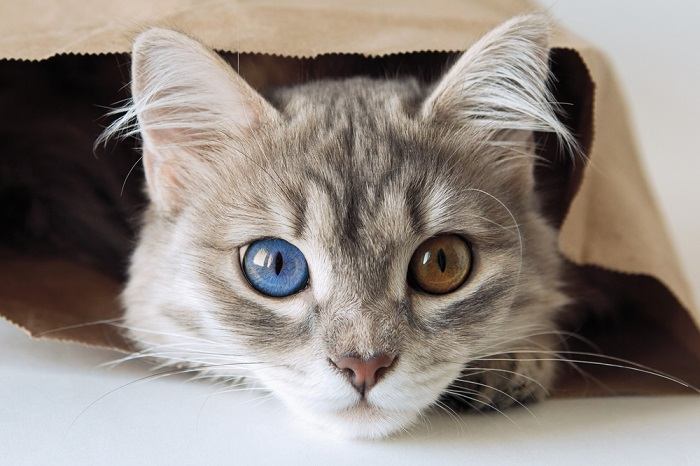
The good news is that freckles are harmless spots that cats can develop, especially as they get older. They don’t develop into cancer and are nothing to worry about. I do recommend getting these checked out initially by your veterinarian to distinguish them from melanomas, which are cancerous.
Freckles have the added bonus of being cute and unique to your cat!
Frequently Asked Questions
Can cats develop freckles?
Yes, cats can develop freckles. These are also called lentigo or lentigo simplex. They appear as flat, dark brown or black spots on a cat’s nose, mouth or eyelids. They are harmless pigmentations and don’t develop into cancer. It’s best to get any new spots checked by your veterinarian to confirm the diagnosis of freckles/lentigo, as melanoma spots can look similar to freckles.
Why does my cat suddenly have freckles on his nose?
Cats can develop freckles at any age, particularly as they get older. Cats with the ‘red’ gene (ginger, calico, tortoiseshell) are more likely to get freckles. If you notice any freckles that are rapidly growing or multiplying, it’s best to get this checked by your veterinarian to make sure that it isn’t something more sinister like melanoma.
Can animals have freckles?
Yes, animals can get freckles or pigmentations on their skin. It’s caused by an increase in melanocytes (pigment producing cells) in the skin’s epidermis. Pigmentation isn’t harmful or anything to worry about. If you notice any pigmentation or anything new on your pet’s skin book an examination with your veterinarian to rule out any other causes.




